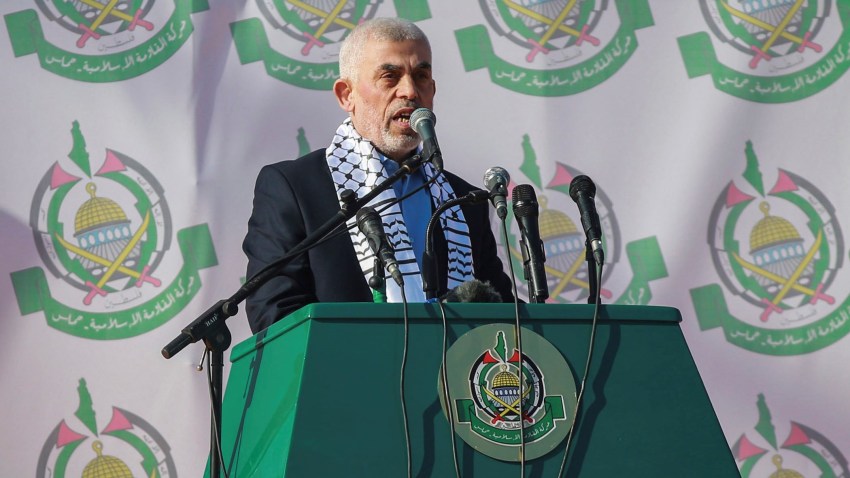When examined from a military perspective, Hamas’ attack on Israel on Oct. 7 was a remarkable achievement in planning, training, deception and execution. As a strategic move, however, the attack will cost Palestinians dearly and may jeopardize much of what Hamas has achieved in its almost 40 years of existence as an Islamist movement, a militant resistance group and a terrorist organization. That raises the question of whether this attack was the short-sighted action of adventurous military leaders, or whether there was something more to it.
On Oct. 6th, Hamas was in control of a quasi-state in Gaza. Though besieged and closely spied on by Israel, and in a state of constant low-grade conflict with periodic flareups, Gaza was still a patch of land in which Hamas held political and military power. As late as the end of September, news media were reporting that economic conditions in Gaza were set to improve, with Israel and Hamas having neared an agreement that would allow more Qatari funding into the strip and more Gazan workers into Israel. In return, Hamas agreed to bring an end to violent protests at the border. The talks between Israel and Hamas before the war appeared to have covered more than just economic matters: The parties were also negotiating a deal by which Israel would free Palestinian prisoners held in Israeli prisons in exchange for two Israeli civilians and the remains of two Israeli soldiers held by Hamas.
This situation did not address the impasse facing Palestinians’ aspirations for statehood, but from Hamas’ perspective, it represented an opportunity to further consolidate its political authority over Gaza.

